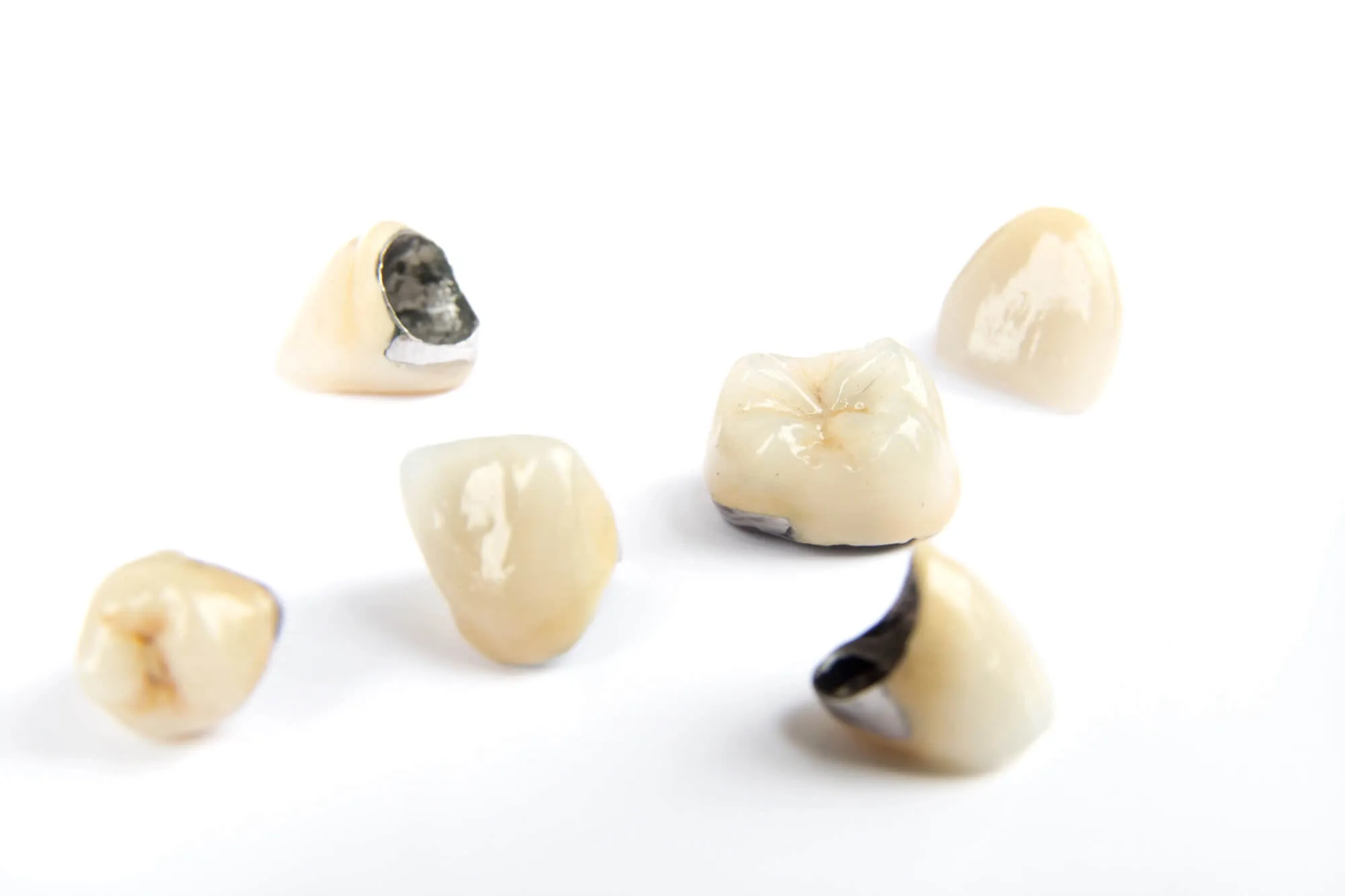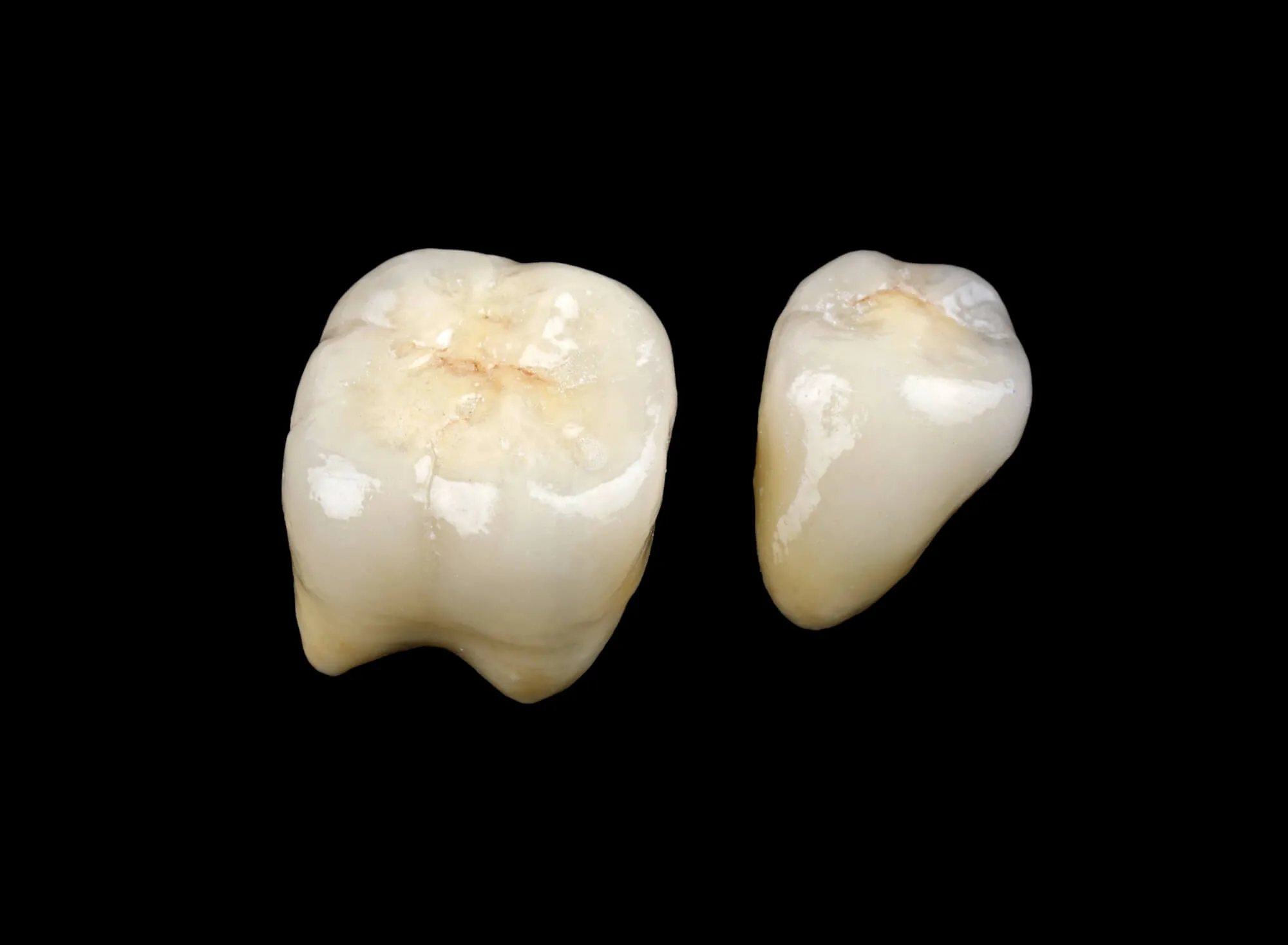
You’ve just been told you have a large cavity, and now you're faced with a choice: get another filling or cover the tooth with a crown. It’s a decision many patients don’t expect—and one that raises many questions. Which option lasts longer? Which one is safer? And how do you know what’s right for your tooth? If you’re considering dental crowns in Candler, NC, here's what to know before you decide.
Why Dental Crowns Are Often Recommended for Big Cavities
Large cavities weaken the natural structure of the tooth. While fillings work well for small to moderate decay, they don’t always provide enough support for a tooth with extensive damage. That’s where crowns come in. A crown covers the entire tooth surface, restoring shape and strength while protecting it from further breakdown.

What Are the Risks of Using Just a Large Filling?
Less structural support
A filling sits inside the damaged area of the tooth. If the cavity is deep or wide, the remaining enamel may not be strong enough to hold the filling securely. Over time, that can lead to cracking or breakage, especially if the tooth is under regular chewing pressure.
Higher chance of future repairs
Large fillings are more likely to wear down or leak at the edges. This can allow bacteria to sneak back in, causing new decay underneath the filling. That often leads to more dental work, including the eventual need for a crown or even a root canal.
Not ideal for molars
Back teeth handle a lot of biting force. If a molar has a large cavity, a filling may not hold up well. A crown distributes that pressure more evenly, which can reduce the risk of fractures.
Why Crowns May Be a Better Choice for Long-Term Protection
Full coverage and reinforcement
A dental crown acts like a protective cap, covering the tooth entirely. This makes it less likely to chip, crack, or break, especially in areas that have already lost a lot of structure.
More durable material
Crowns are made from strong, long-lasting materials like porcelain or zirconia. They can withstand years of chewing without the wear that can affect large fillings.
Improved comfort and function
Because crowns restore the tooth’s natural shape and contour, they often feel more stable and comfortable when chewing. They also help prevent shifting of nearby teeth by maintaining proper spacing in your bite.
Are There Situations Where a Filling Might Still Work?
Yes, if the cavity is not too deep and enough healthy enamel remains to support it, a filling may be an option. Your dentist will assess the condition of the tooth, the location of the decay, and how much structure is left. In some cases, an inlay or onlay—a partial coverage restoration—may offer a middle ground between a filling and a full crown.

Interested in Dental Crowns in Candler, NC?
Both fillings and crowns have their place in restorative care. The best option depends on how much of the tooth has been damaged and what will give you the best long-term results. At Cataloochee Dental Group, we take the time to evaluate your tooth carefully and walk you through your choices.
If you’re weighing fillings against crowns, we’re here to provide clear answers and help you feel confident in your decision. Schedule your visit today and let’s restore your smile with care that lasts.

